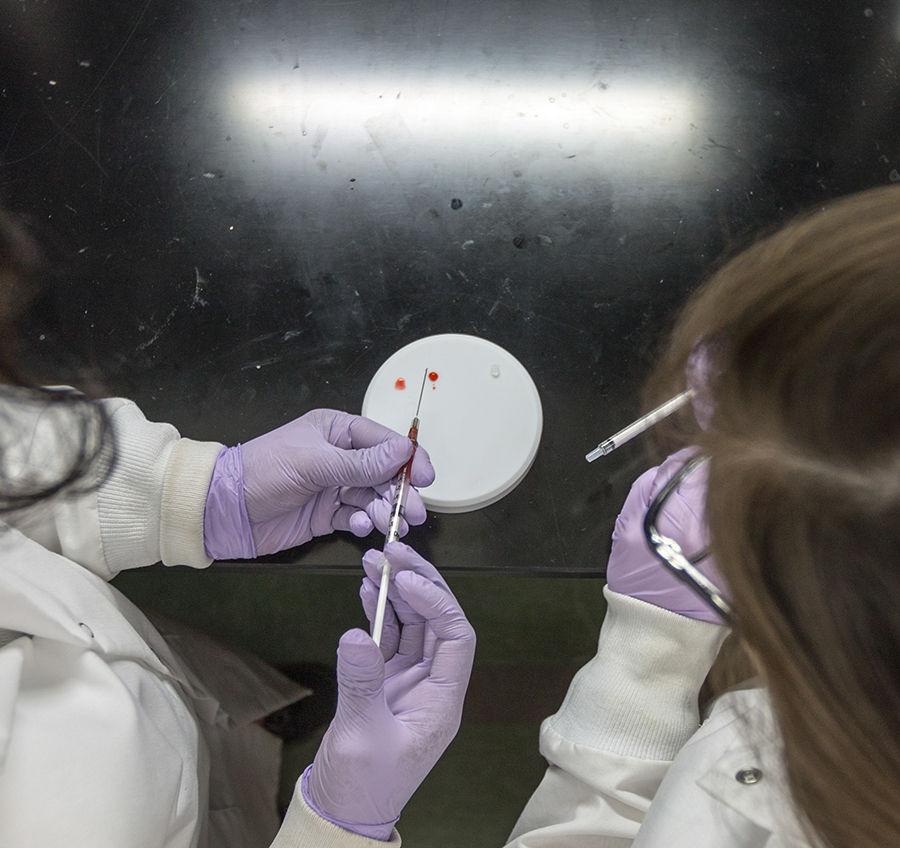A new technology that uses nanocomposite hydrogels to effectively regrow bones may one day change the way serious bone breaks and health issues are treated.
Texas A&M researchers have developed a gel that induces bone regeneration when injected near a large bone injury. While the research is still in testing phases, those involved say it could one day change the way doctors treat serious bone injuries in both the civilian and military world.
“The bone is an amazing organ,” said Akhilesh Gaharwar, biomedical engineering professor and project leader. “It can regenerate itself if it has a small defect. However, if the defect is bigger than two or three centimeters, the bone will not be able to heal itself.”
Large bone defects and fractures are difficult to treat. Bone grafts are currently the best way to treat large defects and fractures. Bone is taken from a bone bank, or, often, from the patient’s own body, and is placed at the site of the defect. This approach, however, is a complex procedure that can result in patient complications — drawbacks that Gaharwar said make it far from optimal.
Bone treatments and their success are made more serious in the world today as the U.S. population ages and bone problems become the most common medical issues, said Jake Carrow, a doctoral student in Gaharwar’s lab.
“Aging is a common theme to everyone and longevity of life can lead to more wear and tear on the body,” Carrow said. “Being able to regenerate lost tissue, as opposed to using replacement materials like metal implants, is very beneficial to the body of the patient.”
Gaharwar’s team takes a revolutionary approach to the bone problem.
“We load hydrogels with nanoparticles and inject them near the site of the injury,” Gaharwar said. “They will basically call stem cells to the defect and induce, or ask, the cells to differentiate into bone tissue. We are essentially asking the body to regenerate the particular area of the bone.”
This technology may have a huge impact on the treatment of several medical issues. Some applications it will be used in are segmental bone defects, where there are multiple broken bones in one area and it cannot heal itself, oral surgery, spinal fusions and bone cancer patients.
“Whenever a person gets cancer or a tumor in a bone, they will need to have the bone area taken out,” Gaharwar said. “But once the tumorous bone is removed we can inject the hydrogel, and it will treat segmental defects that are caused by the removal of the tumor.”
This new technology is expected to be used not just in a clinical setting, but also in the military.
“We foresee targeting, not only a clinical application, but also in a battlefield setting, or a kind of real world application for the Department of Defense,” Carrow said.
The technology is still in testing phases, and a release date is not yet set.
“It’s difficult to put a timetable on it because we are using a lot of materials that haven’t been used before,” Carrow said. “While the novelty is exciting, it is just hard to say.”























